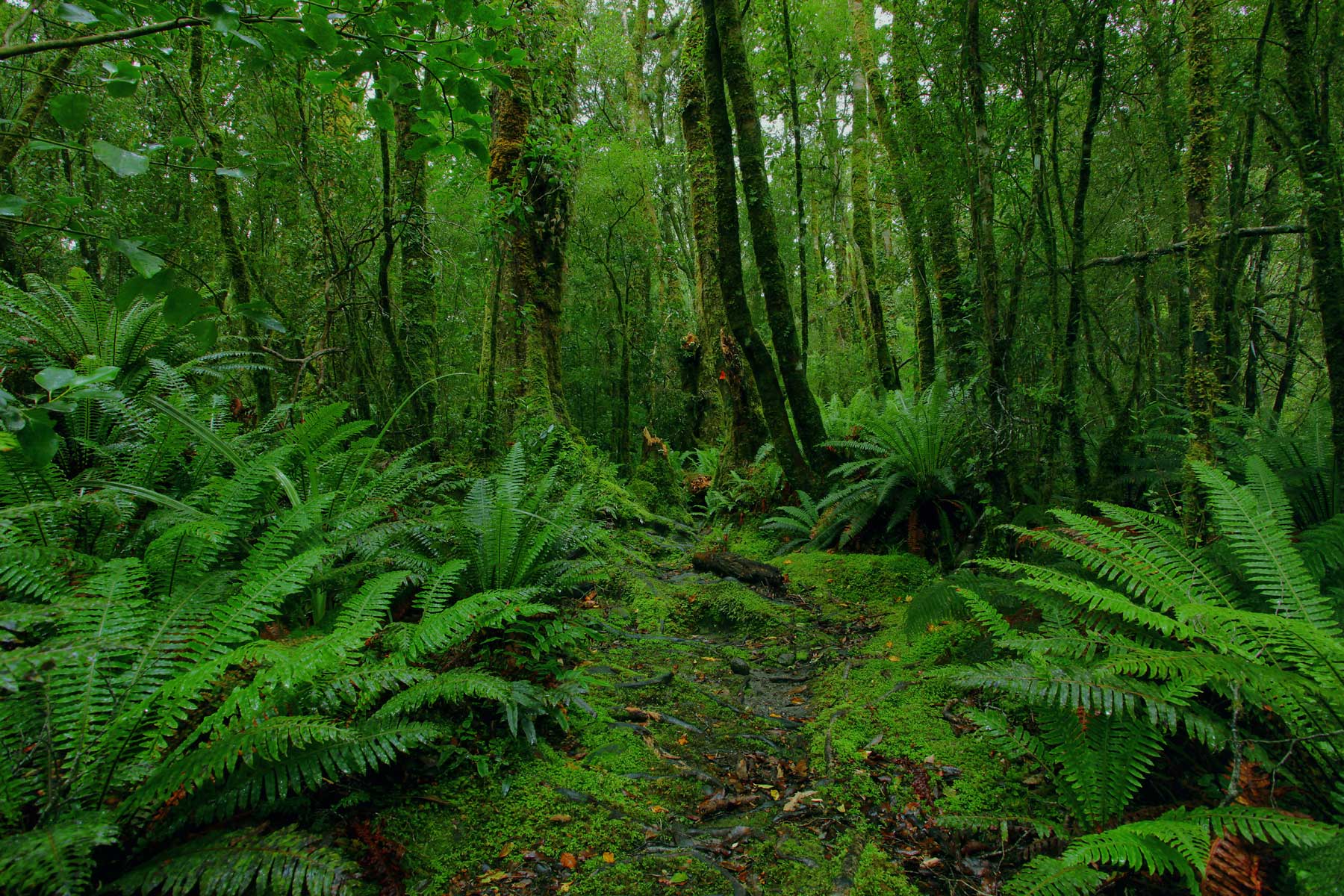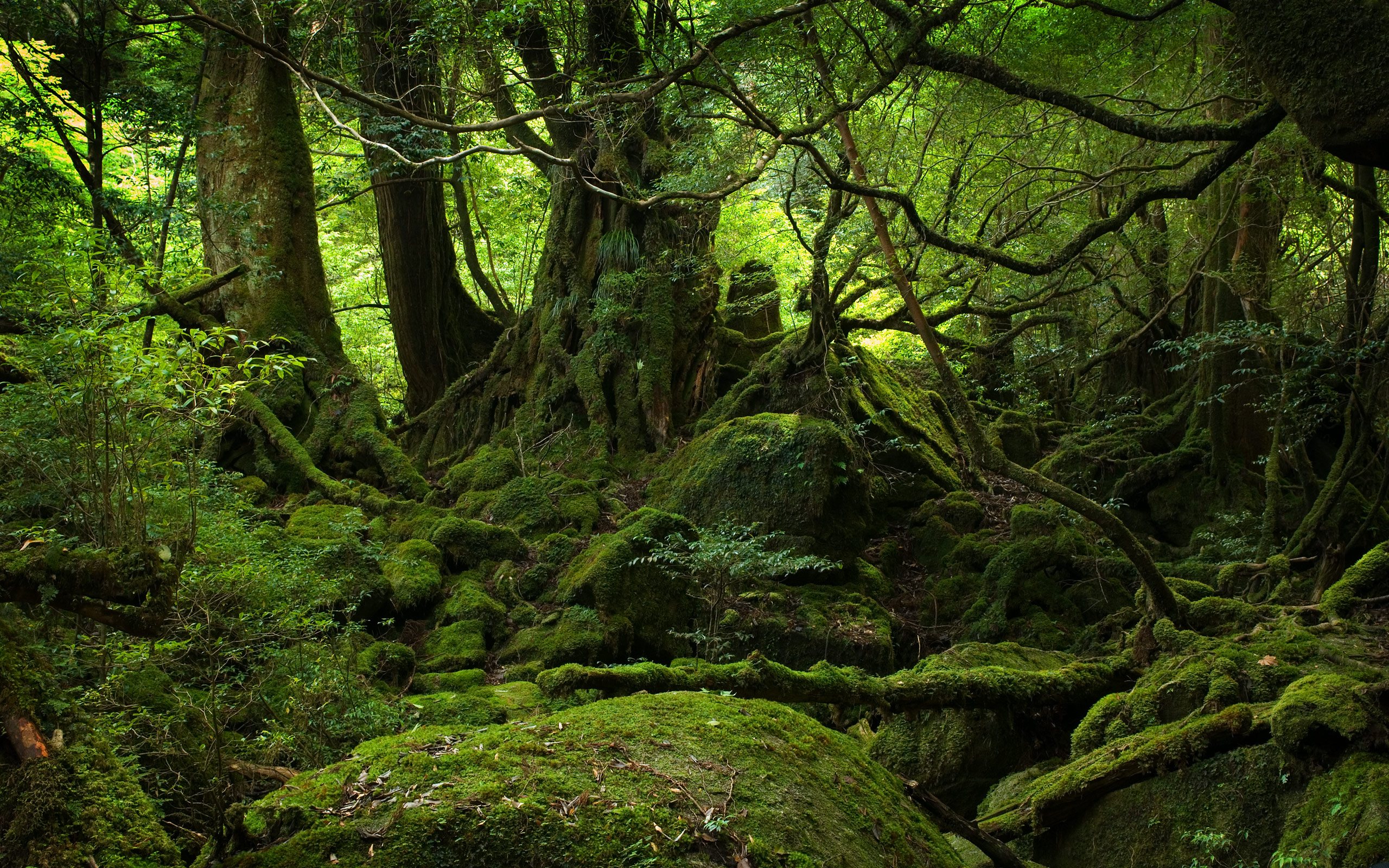Dotterels
The beaches at Baring Head, Parangarahu Lakes and the Eastbourne foreshore (Robinson Bay) are important nesting sites for the nationally vulnerable tūturiwhatu/banded dotterel. Since 2013, MIRO, Greater Wellington, Hutt City Council and Taranaki Whānui ki Te Upoko o Te Ika have been working together to manage these coastal-breeding populations of the banded dotterel. Management actions include intensive predator control together with protective fencing of nest sites, warning signage, social media and the use of a temporary Rāhui at the Parangarahu Lakes foreshore to reduce disturbance during the breeding season. Surprisingly the number one predator is hedgehogs, with mustelids and possums following close behind. Storm action and then human disturbance are the next reasons for nest failures.
In order to gain a better understanding of the outcomes of this management, MIRO have gained permission to combine the existing nest success monitoring work with a project to catch and band a sample of locally-breeding adults and fledglings over ten breeding seasons. This will enable MIRO to collect data on the local survival rates of chicks between hatching and fledging, local survival rates of adult birds, return rates of locally-fledged birds and winter movements of both adults and juveniles. A minimum of four seasons of banding and re-sighting work is considered necessary to provide robust estimates of local adult and chick survival, allowing us to ‘average out’ any inter-annual fluctuations in survival rates. Furthermore, juvenile dotterels begin breeding at 1–2 years of age, so banding juveniles will provide us with the opportunity to monitor return rates over 5–8 subsequent breeding seasons, again providing MIRO with a robust ‘average’ return rate, assuming some inter-annual variation is likely to occur. Now 5 years into the project, we have learned that birds nest in the same spots each year, the birds mostly stay with the same partners, offspring rarely return to their natal sites and so far most winter within 100km of their nesting sites. One exception is PAP, a male banded at Eastbourne, who has wintered in New Caledonia two years in a row and returned to nest with PEY at the same location on Eastbourne foreshore.
You can read the banded dotterel management plan here: Eastbourne-Wainuiomata coastline banded dotterel management strategy 2021-2026.pdf



